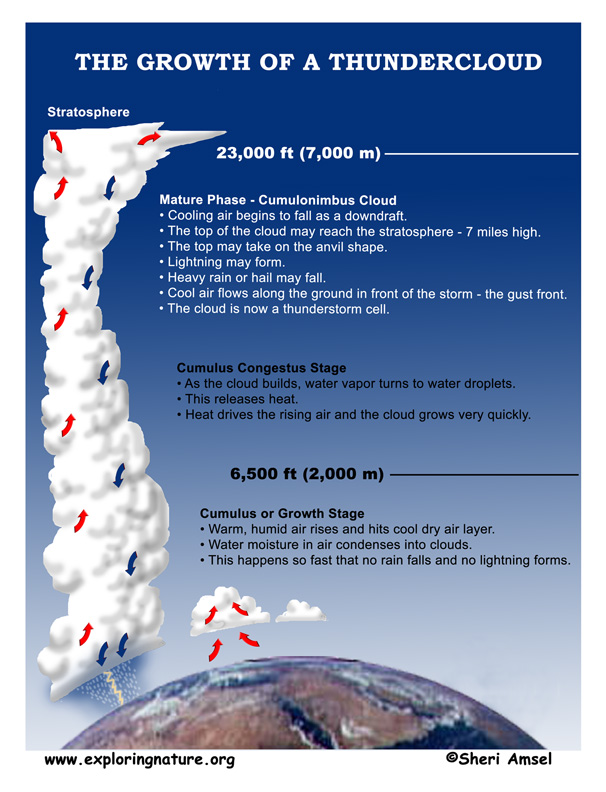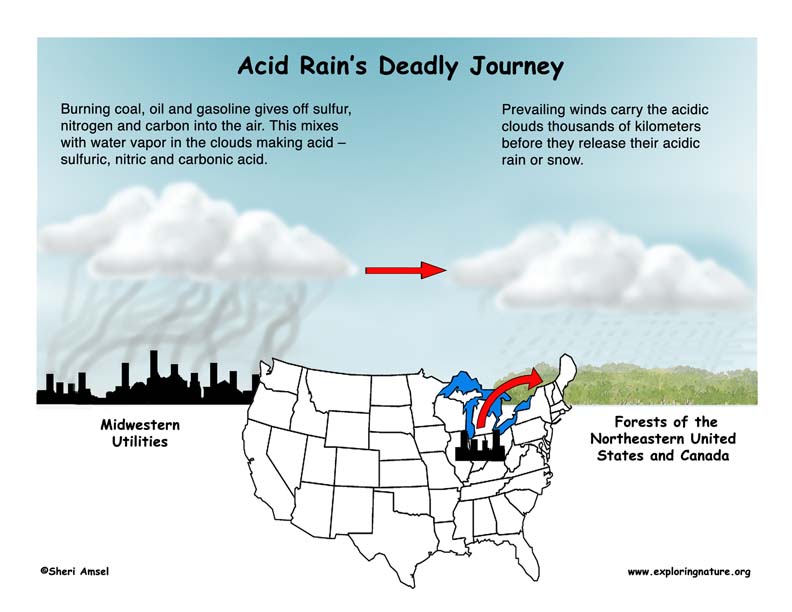

_________________________________________________________________________________________________________________________________________________________
Disciplinary Core Ideas
ESS3.B: Natural Hazards
• A variety of natural hazards result from natural processes. Humans cannot eliminate natural hazards but can take steps to reduce their impacts. (3-ESS3-1)
Performance Expectations Students who demonstrate understanding can:
3-ESS3-1. Make a claim about the merit of a design solution that reduces the impacts of a weather-related hazard. [Clarification Statement: Examples of design solutions to weather-related hazards could include barriers to prevent flooding, wind resistant roofs, and lightning rods.
_________________________________________________________________________________________________________________________________________________________
Use the Template and Resource Links to Fulfill NGSS
l. Goals:
Essential Questions:
NGSS Note: Think, question, entertain ideas.
ll. Introductory Activities to Assess Prior Knowledge
A. Simple Activities - that assess students’ understanding of natural hazards that are created by natural processes.
Understanding snowstorms:
Name the Storm Matching Activity
Understanding the Effects of Rainstorms:
Erosion Activity
A. Brainstorming Session
Question: What kinds of natural hazards can result from natural processes?
lll. New Knowledge - Text
Read about natural hazards that can result from natural processes.
Storms - Thunderstorms
Hurricanes
Tornadoes
Winter Storms
Examples of Models (depicts the concept expressed in the reading):
Ask students to look at the model of a thunderstorm and explain how it illustrates the concept.
Thunderstorm Model
Assessment:
Winter Storm - Matching
Winter Strom Multiple Choice
lV. Experiments, Activities, Model-making (Critical Thinking)
Inquiry related to natural processes that might create natural hazards:
Rain-making Activity
Smog-making Activity
Use critical thinking to devise ways to protect people from natural hazards. Read about wetlands and how they protect us from natural processes (storms) that produce natural hazards (flooding). Knowing this, what actions do you think we should take to help protect us from storms flooding?
Wetlands - Their Important and Why
Human Actions: Sometimes human actions combine with natural processes to create new natural hazards. Read about acid rain and its effect on us. Use critical thinking about ways we can reduce this hazard.
Authentic Performance - Understanding by Design (UbD) assessment tool.
Wetlands Value - Authentic Performance
Use critical thinking to complete this Authentic Performance Activity and deepen understanding about the how wetland naturally reduce the natural hazards of natural processes like: storms, tides and wave action.
ESS3.B: Natural Hazards
• A variety of natural hazards result from natural processes. Humans cannot eliminate natural hazards but can take steps to reduce their impacts. (3-ESS3-1) (Note: This Disciplinary Core Idea is also addressed by 4-ESS3-2.)
Science and Engineering Practices
Engaging in Argument from Evidence
Engaging in argument from evidence in 3–5 builds on K–2 experiences and progresses to critiquing the scientific explanations or solutions proposed by peers by citing relevant evidence about the natural and designed world(s).
• Make a claim about the merit of a solution to a problem by citing relevant evidence about how it meets the criteria and constraints of the problem. (3-ESS3-1)
Crosscutting Concepts
Cause and Effect
• Cause and effect relationships are routinely identified, tested, and used to explain change. (3-ESS3-1)
Connections to Engineering, Technology and Applications of Science
Influence of Science, Engineering, and Technology on Society and the Natural World
• Engineers improve existing technologies or develop new ones to increase their benefits (e.g., better artificial limbs), decrease known risks (e.g., seat belts in cars), and meet societal demands (e.g., cell phones). (3-ESS3-1)
Connections to Nature of Science
Science is a Human Endeavor
• Science affects everyday life. (3-ESS3-1)
Performance Expectations
Students who demonstrate understanding can:
3-ESS3-1. Make a claim about the merit of a design solution that reduces the impacts of a weather-related hazard. [Clarification Statement: Examples of design solutions to weather-related hazards could include barriers to prevent flooding, wind resistant roofs, and lightning rods.
Common Core State Standards Connections:
ELA/Literacy
W.3.1 Write opinion pieces on topics or texts, supporting a point of view with reasons. (3-ESS3-1)
W.3.7 Conduct short research projects that build knowledge about a topic. (3-ESS3-1)
Mathematics
MP.2 Reason abstractly and quantitatively. (3-ESS3-1)
MP.4 Model with mathematics. (3-ESS3-1)
When you research information you must cite the reference. Citing for websites is different from citing from books, magazines and periodicals. The style of citing shown here is from the MLA Style Citations (Modern Language Association).
When citing a WEBSITE the general format is as follows.
Author Last Name, First Name(s). "Title: Subtitle of Part of Web Page, if appropriate." Title: Subtitle: Section of Page if appropriate. Sponsoring/Publishing Agency, If Given. Additional significant descriptive information. Date of Electronic Publication or other Date, such as Last Updated. Day Month Year of access < URL >.
Amsel, Sheri. "Grade 3 - 3-ESS3 Earth and Human Activity" Exploring Nature Educational Resource ©2005-2024. December 14, 2024
< http://www.exploringnature.org/db/view/Grade-3-3-ESS3-Earth-and-Human-Activity >




